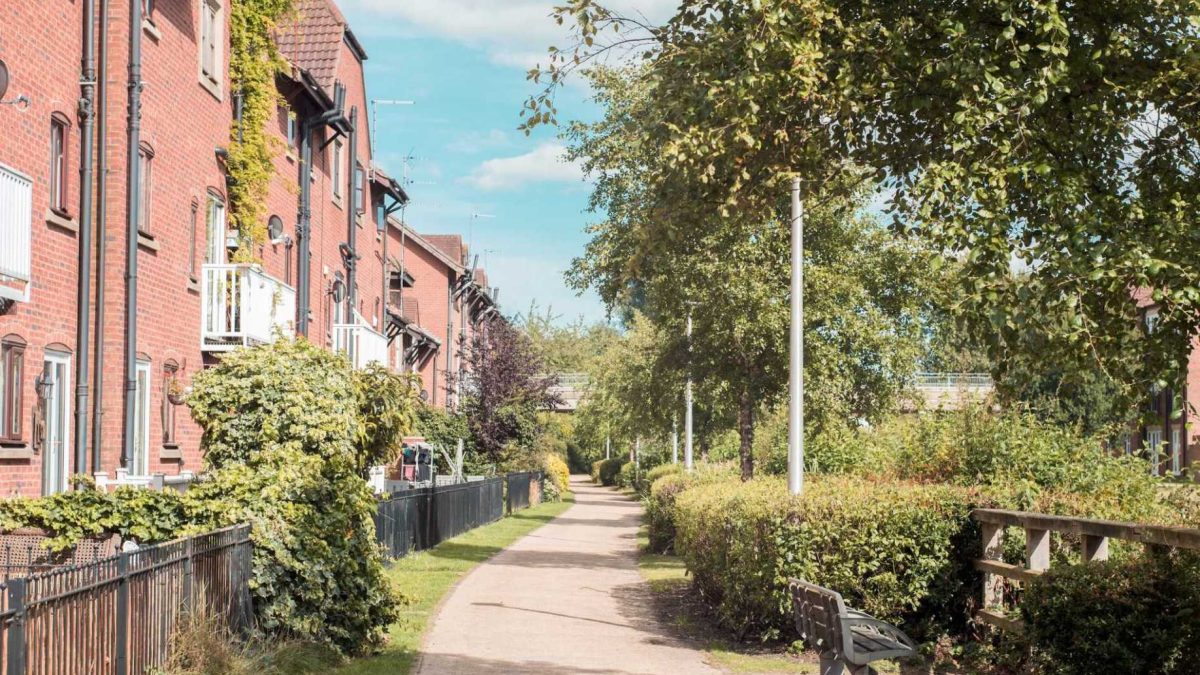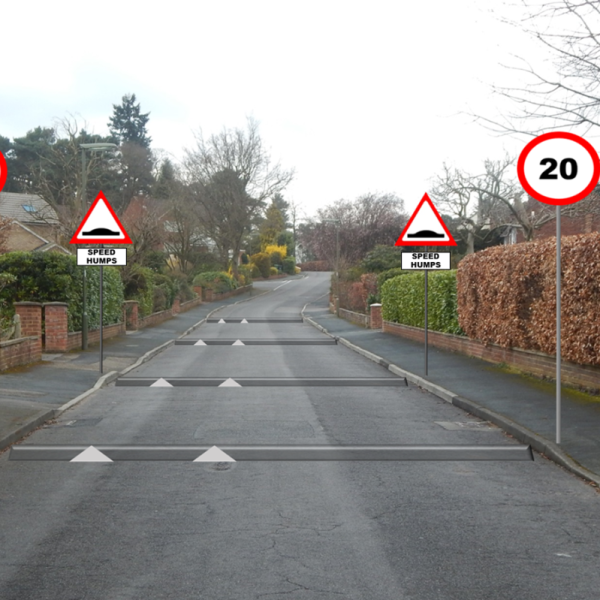
Exploring the Benefits of Cobbled Roads in Modern Cities
Cobbled roads have stood the test of time, remaining a popular choice for cities worldwide. These roads consist of small stones arranged in a pattern and compacted together. While often associated with historic areas, cobbled roads are now frequently used in modern cities due to their numerous benefits.
One significant advantage of cobbled roads is their attractiveness and durability. The unique design and texture of the stones add aesthetic value to city streets, creating a sense of history and charm. Additionally, their sturdy construction ensures longevity, reducing the need for regular resurfacing or repairs. This makes cobbled roads a cost-effective option for cities aiming to minimize maintenance expenses.
In addition to their visual appeal, cobbled roads offer safety advantages compared to other road surfaces. The textured surface of the stones enhances vehicle grip, minimizing the risk of skidding and accidents. This makes cobbled roads an excellent choice for busy city streets where safety is a top priority.
Furthermore, cobbled roads contribute positively to the environment. The porous nature of the stones allows them to absorb water, greatly reducing the likelihood of flooding. By minimizing runoff, cobbled roads help protect local water sources, diminishing the risk of water pollution. This environmental benefit makes these roads an attractive option for modern cities looking to promote sustainability.
Another advantage of cobbled roads is their potential to reduce noise pollution. The stones have sound-absorbing properties, significantly diminishing the amount of noise generated by vehicles. This makes the urban environment more pleasant, creating a quieter ambiance that enhances residents’ quality of life and improves the overall atmosphere of the city.
Moreover, the installation of cobbled roads can have economic benefits for cities. Their aesthetic appeal and historic value can attract tourism, boosting local economies. Visitors tend to be drawn to cities that embrace their cultural heritage, and the presence of cobbled roads can contribute to a unique and memorable experience for tourists. Additionally, the reduced maintenance requirements of these roads can help cities allocate their resources more efficiently, contributing to long-term financial savings.
While cobbled roads offer numerous advantages, it is crucial to consider potential drawbacks as well. One limitation of cobbled roads is their perceived inconvenience to certain road users. The uneven surface created by the stones may pose challenges for cyclists, pedestrians with mobility issues, and individuals using wheeled conveyances. However, innovative urban planning and design can help address these concerns by ensuring accessible alternatives and integrating cobbled roads into a walker-friendly environment.
In conclusion, cobbled roads continue to be a popular choice for modern cities due to their multiple benefits. They enhance the visual appeal and historical charm of city streets, require minimal maintenance, and improve road safety. Their eco-friendly properties contribute to environmental preservation by reducing flooding risks and water pollution. Furthermore, these roads mitigate noise pollution, creating more pleasant living and working environments. With their economic advantages and potential for boosting tourism, cobbled roads have become increasingly favored in modern cities worldwide. By carefully addressing accessibility concerns, cities can fully harness the benefits offered by cobbled roads and create thriving urban spaces for all.
















